(14194 products available)









































































































































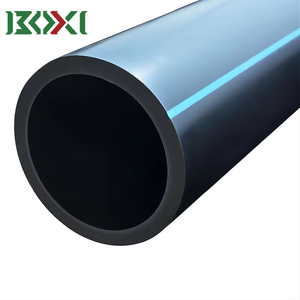
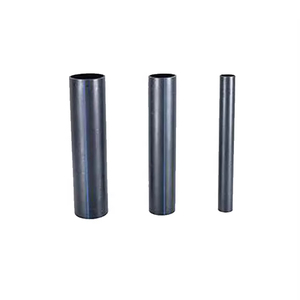
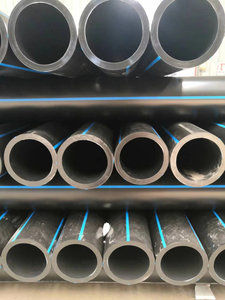
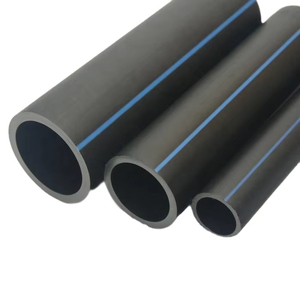
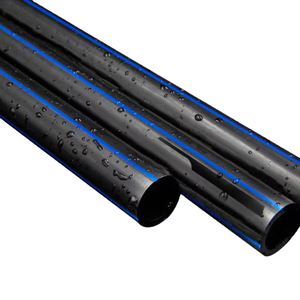


















































































Flexible corrugated tubes pipes are versatile components in various industries. They are used for wiring and plumbing applications. Flexible metal conduit is corrosion-resistant and lightweight. It can be easily routed around obstacles and tight corners. These pipes are generally fabricated from metals such as aluminum, steel, or polymers. Their construction involves creating a series of ridges or corrugations along the tube or pipe, enhancing its flexibility and strength.
The different types of flexible corrugated tubes include:
Electrical flexible corrugated tubes: Also known as flexible metal conduit (FMC) or electrical metallic tubing (EMT). These are primarily used in electrical wiring and protection. They safeguard electrical wires in circuits, especially in applications requiring flexibility, durability, and protection from mechanical impacts or environmental conditions. These tubes are constructed from galvanized steel, aluminum, or, in some cases, non-metallic materials. They feature a continuous, helical ridge design that allows bending and shaping while maintaining structural integrity. Electrical flexible tubes are preferred due to their lightweight, ease of installation, corrosion resistance, and ability to be grounded (in the case of metallic conduits).
Metal flexible corrugated tubes: These tubes are also known as flexible metal hoses or ducts. They are used for applications involving the conveyance of fluids and gases. They are commonly used in HVAC systems, exhaust systems, and various industrial fluid or gas transfer applications. Metal flexible tubes are usually manufactured from stainless steel, aluminum, or other metals. They are designed with a corrugated structure that enables bending and flexing. They also include one or more end fittings for connection. These tubes are preferred for their durability, ability to handle high pressures, temperatures, and flexibility in installation.
Plastic flexible corrugated tubes: These are non-metallic and have various applications in electrical wiring, plumbing, and ventilation systems. They are particularly popular in situations where lightweight, corrosion resistance, and ease of installation are prioritized. These tubes offer excellent flexibility, reducing the need for multiple fittings and making installation in complex layouts easier. They are also lightweight, which reduces labor costs and installation time. Additionally, they exhibit good resistance to UV radiation and is generally weather-resistant.
Flexible corrugated tubes are used in various industries for different applications. Their ability to bend and flex without breaking makes them very useful in many situations.
Automotive Industry
Automobile manufacturers use flexible corrugated tubes as they are light, and this reduces the weight of the vehicle. They are used in the following areas:
-Air intake systems: Flexible corrugated tubes direct air from the engine to the air filter smoothly, reducing noise and tension.
-Exhaust systems: They are used in the exhaust systems to direct harmful gases away from the engine and vehicle efficiently.
-Vacuum lines: These tubes transport air smoothly in the braking and engine systems.
Automobiles manufacturers also use flexible tubes for wiring harnesses to protect wires from heat, moisture, and abrasion.
Construction industry
Flexible pipes are widely used in the construction industry because of their lightweight and flexibility features. This includes;
-Drainage systems: Flexible pipes are used in the transportation of wastewater and stormwater. Their flexibility enables them to navigate around obstacles underground without joints increasing the efficiency of the system and reducing the costs of maintenance.
-Plumbing: They are widely used in plumbing systems. They are used to convey water to and from sinks, toilets, and showers. Flexible plumbing systems are easy to install and reduce leakage potential.
-Electrical conduits: Flexible corrugated tubes protect and route electrical wiring in construction systems. They can be bent to fit different layouts without breaking the wire, which increases the efficiency of the electrical system.
HVAC systems
HVAC systems use flexible corrugated tubes in the following ways:
-Ductwork: HVAC systems use flexible tubes to transport air from the central heating and cooling systems to different parts of the building. Their flexibility allows for easy installation around obstacles.
-Refrigerant lines: These tubes transport refrigerants between the evaporator and condenser in a flexible corrugated tube efficiently. Their flexibility accommodates the expansion and contraction of the HVAC system components.
When choosing the correct flexible corrugated tube for a specific application, it is essential to consider several factors to ensure optimal performance and reliability. Here are some critical factors to keep in mind.
Application Requirements
The application for which the tube is intended plays a significant role in determining the material, diameter, length, and other specifications. Consider the type of fluid or gas being transported, temperature and pressure requirements, and environmental conditions such as exposure to UV light, chemicals, or extreme temperatures.
Materials
The choice of material for flexible corrugated pipes is crucial as it directly impacts the tube's durability, flexibility, and resistance to various factors. Common materials include PVC, polyethylene and metal. PVC is lightweight, cost-effective, and suitable for low-pressure applications. Polyethylene offers enhanced flexibility and is used in various applications, including drainage and irrigation. Metal tubes, such as stainless steel or aluminum, provide excellent strength and durability and are often used in high-pressure or high-temperature applications.
Diameter and Length
Consider the internal diameter and length of the flexible corrugated tube to ensure it meets the requirements of the application. A larger diameter allows for a higher flow rate, while a shorter length may reduce friction loss and improve flow efficiency.
Pressure Rating
Each type of flexible corrugated tube has a specific pressure rating indicating the maximum pressure it can withstand safely. It is crucial to choose a tube with a pressure rating higher than the application's maximum pressure to ensure safety and prevent failures.
Temperature Resistance
Different materials used in flexible corrugated tubes have varying levels of temperature resistance. It is essential to select a tube material capable of withstanding the application's maximum and minimum temperature without compromising its integrity or flexibility.
Compatibility
The fluid or gas transported through the tube should be compatible with the tube material to prevent leaks, corrosion, or contamination. Consider consulting compatibility charts or seeking expert advice to determine the suitable material.
Regulatory Standards
Many applications have specific regulatory standards and certifications that must be met. These standards ensure safety, reliability, and environmental compliance. It is essential to select a flexible corrugated pipe that meets the industry-specific standards to avoid legal issues and ensure optimal performance.
Q1: Are flexible corrugated tubes and pipes durable?
A1: Yes, flexible corrugated tubes and pipes are durable. They are capable of withstanding different environmental conditions, pressures, and temperatures. This makes them suitable for use in various applications. Their durability offers the advantage of long-term use and resilience in different industries.
Q2: Can tubes and pipes be reused?
A2: Flexible corrugated pipes are often reusable. However, the suitability of reuse depends on the application and material used in manufacturing the pipe. Reusing the pipe also depends on its current condition. Reseal the pipes and tubes to avoid leaks during reuse.
Q3: What are the common materials used to manufacture pipes and tubes?
A3: The common materials used to manufacture flexible corrugated tubes and pipes include plastic, PVC, and rubber. Other materials include polyethylene, polystyrene, and metal. The choice of material determines the application of the pipe and tube.
Q4: How are corrugated pipes and tubes maintained?
A4: The pipes and tubes are maintained by regularly inspecting them for any signs of damage or leaks. Clean the tubes and pipes to prevent the buildup of debris and contaminants. It is also advisable to follow the manufacturer's maintenance guidelines to enhance the longevity of the product.